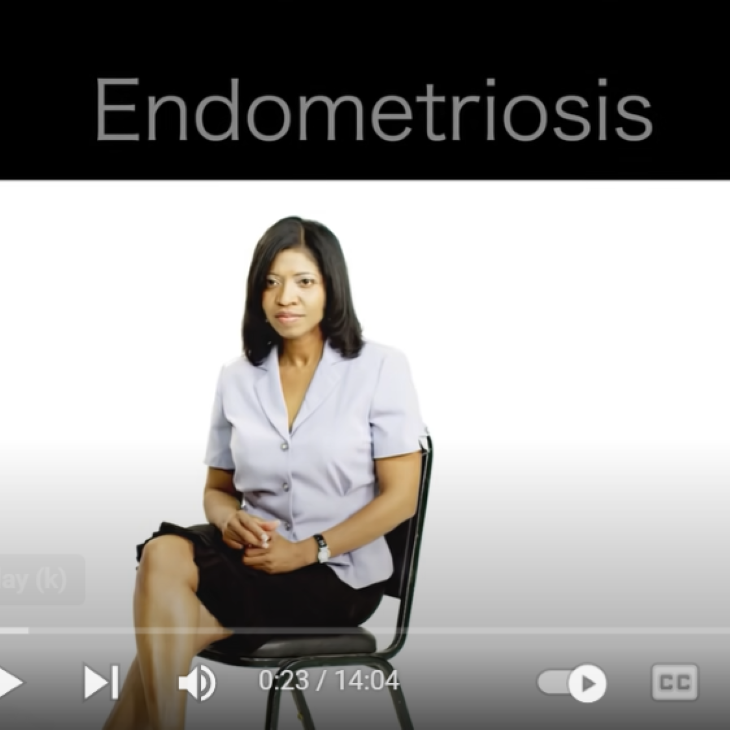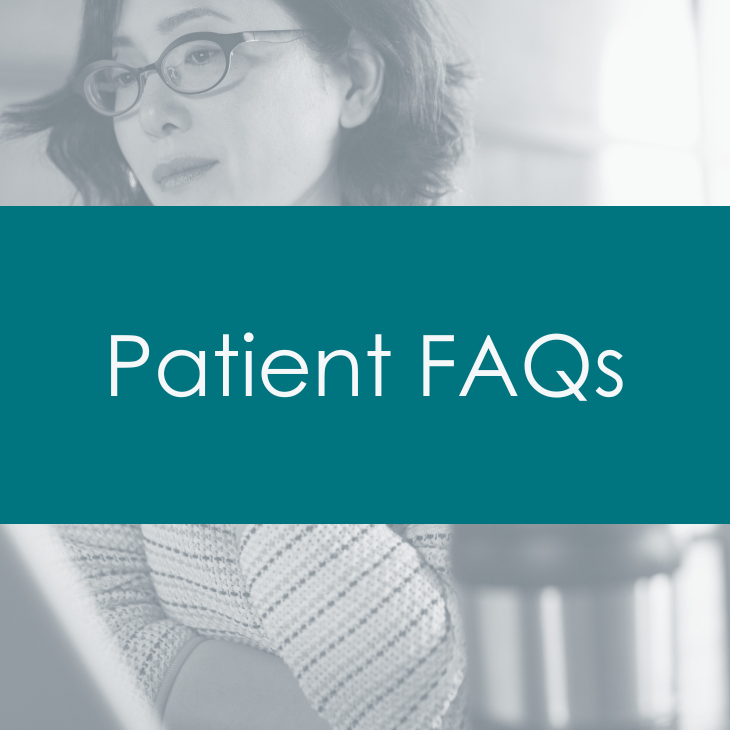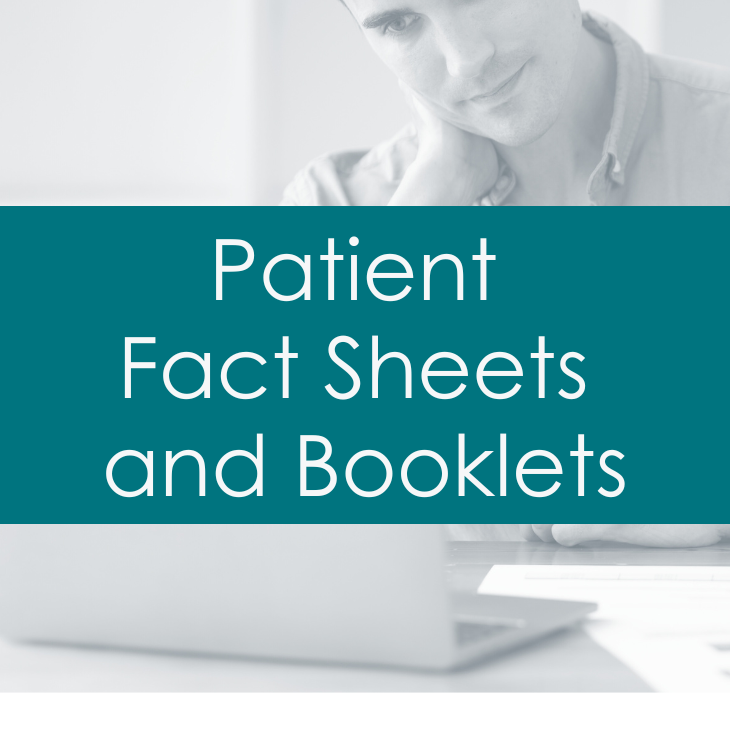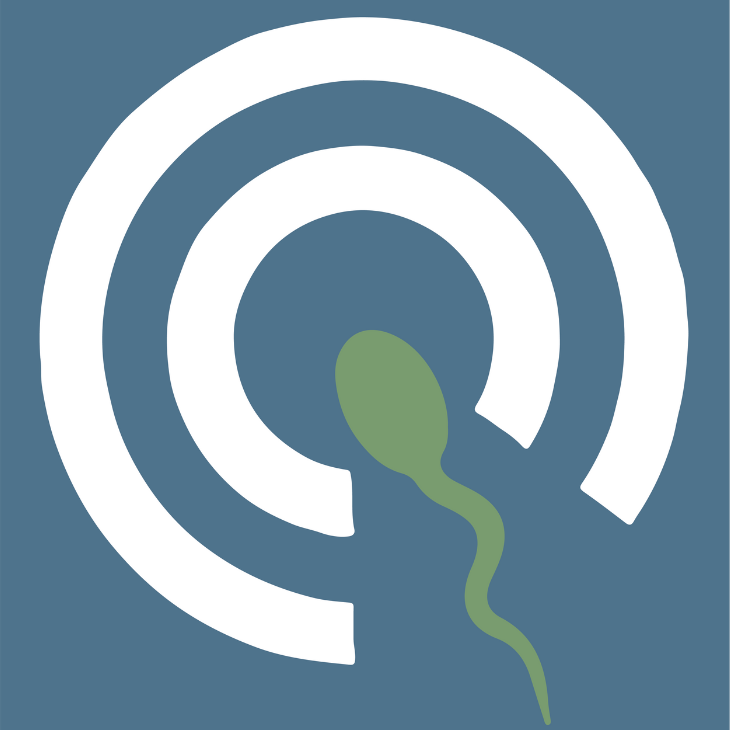
Endometriosis: Understanding the Condition
Endometriosis is a condition that can affect individuals during their reproductive years. It happens when tissue similar to the lining inside the uterus (endometrium) attaches to organs in the pelvis, such as the ovaries, fallopian tubes, bladder, or intestines, and begins to grow. This misplaced tissue may cause pelvic irritation, leading to pain, scar tissue (adhesions), and, in some cases, fertility challenges.
What are the Symptoms of Endometriosis?
- Pelvic Pain: This pain often accompanies menstrual periods, starting before menstruation and lasting into the period itself. It may extend to the lower back and abdomen.
- Painful Intercourse (dyspareunia): Discomfort during or after intercourse is common for people with endometriosis and may be related to pelvic tissue sensitivity.
- Pain with Bowel Movements or Urination: This pain often occurs during menstruation.
- Heavy Menstrual Bleeding: Endometriosis may cause very heavy periods (menorrhagia) or spotting between periods.
- Infertility: Endometriosis is associated with fertility challenges, and an estimated 30-50% of individuals with infertility may have endometriosis.
- Other Symptoms: Some may experience fatigue, nausea, diarrhea, constipation, or bloating, especially around menstrual periods.
Endometriosis may also form a cyst (endometrioma) in the ovaries, which is sometimes visible on an ultrasound. However, a surgical procedure called laparoscopy is generally required to diagnose endometriosis definitively.
The severity of symptoms can vary; some people experience mild symptoms, while others may have moderate to severe symptoms. Additionally, not everyone with endometriosis experiences symptoms, and symptom presence does not always correlate with the condition’s severity.
How is Endometriosis Diagnosed?
Additional diagnostic methods may include:
- Ultrasound: This imaging test can help identify findings, including ovarian cysts (endometriomas), commonly associated with endometriosis.
- CT imaging and MRI: Occasionally these imaging methods will be used to provide additional information and can be useful in surgical planning.
- Laparoscopy: A minimally invasive procedure where a thin tube with a camera (laparoscope) is inserted through a small incision near the belly button, allowing for visualization of the pelvic organs. During this procedure, any visible endometriosis tissue may be removed or treated, and the surgeon may check for other complications. Laparoscopy can also be used to stage the extent of endometriosis, but this score does not always align with symptoms such as pain or fertility difficulties.
If endometriosis is found, the doctor may use small surgical tools to remove affected tissue or scar tissue. These tools, like scissors, electrical devices, or lasers, are inserted through other tiny cuts. This procedure is often done on an outpatient basis, so you can usually go home the same day.

During laparoscopy, the doctor will check the location, amount, and depth of endometriosis and give it a stage from 1 to 4, from minimal to severe. For more advanced cases, like Stages 3 or 4, surgery may help restore the shape and function of the ovaries and fallopian tubes, which may improve chances of pregnancy.
For more information and support, explore our resources:How Does Endometriosis Impact My Fertility?
Not everyone with endometriosis has trouble with fertility, but about 30-50% of people with endometriosis may have challenges getting pregnant. The impact often depends on how severe the endometriosis is. In some cases, fertility treatments can improve the chances of conceiving, especially when endometriosis has caused changes in the pelvic organs.
How is Endometriosis Treated?
Treatment for endometriosis depends on symptom severity and if you’re planning for future pregnancy. Common treatments include:
Medications
- Pain Relief: Over-the-counter painkillers like ibuprofen (Advil) or naproxen (Aleve) can ease menstrual pain.
- Hormonal Therapy: Hormones can help manage endometriosis pain by lowering estrogen or stopping menstrual cycles.
- Hormonal Contraceptives: Birth control pills, patches, or rings can reduce tissue buildup by balancing hormones.
- GnRH Agonists and Antagonists: These medications lower estrogen and prevent menstruation.
- Progestin Therapy: Progestin-only treatments, like IUDs (e.g., Mirena) or implants, can help reduce or stop periods.
- Aromatase Inhibitors: These drugs lower estrogen in the body, potentially reducing endometriosis growth.
Surgical Treatments
If medication does not help, surgery may be an option.Laparoscopy
Laparoscopy is a minimally invasive outpatient surgery used to both diagnose and treat endometriosis. During the procedure, a thin, lighted tube with a camera (called a laparoscope) is inserted through a small cut in or near the belly button to view the pelvic organs. This allows the surgeon to examine the uterus, fallopian tubes, ovaries, and other nearby structures for signs of endometriosis. If it appears that endometriosis is present, this procedure allows your surgeon to obtain a tissue sample for confirmation of the diagnosis.Additionally, depending on the extent of the disease, the surgeon may also remove or treat it using specialized instruments inserted through additional small cuts in the abdomen. Endometriosis tissue can be removed by cutting it out, vaporizing it, or using heat. In some cases, dye may be injected into the uterus to check whether the fallopian tubes are open, which can aid in assessing fertility.
Hysterectomy
For those who have finished having children, removing the uterus and ovaries can offer long-term relief from endometriosis. In very severe cases, or if other treatments have not relieved symptoms, removal of the uterus (hysterectomy) and possibly the ovaries (oophorectomy) may be considered. This option is usually used as a last resort and may not be suitable for those wanting to preserve fertility.
Lifestyle Adjustments
Regular exercise, relaxation techniques, and applying heat (like with heating pads) may help reduce pain related to endometriosis. Managing weight can also help lower body fat, which may reduce estrogen levels. Nonsteroidal anti-inflammatory medications, like ibuprofen or naproxen, can help ease menstrual cramps. Adjusting positions during intercourse may reduce discomfort for some individuals. Alternative Medicine
Some people with endometriosis report pain relief through acupuncture or other complementary therapies. Although natural supplements haven’t been proven to reduce endometriosis pain, alternative therapies may offer some individuals additional options for managing symptoms.Other Options
When endometriosis-related pain continues despite treatments, a team approach, including specialists in pain management, mental health, and physical therapy, can provide additional support.Investigational Treatments
Researchers are testing new treatments, including drugs that reduce inflammation or target estrogen production, as potential therapies for endometriosis.Real Life Experiences
Listen to an Endometriosis patient story on the SART Fertility Experts podcast
Endometriosis is a condition that can affect many facets of a person’s life, from pelvic pain to struggles with infertility. Listen as Christine discusses her experiences during her journey to motherhood with Dr. Joseph Findley, a reproductive endocrinologist and member of the Society of Reproductive Surgeons.
Subscribe to SART Fertility Experts
Visit the Society for Assisted Reproductive Technology (SART) Website
Visit the Society of Reproductive Surgeons (SRS) Website
Find a Health Professional























